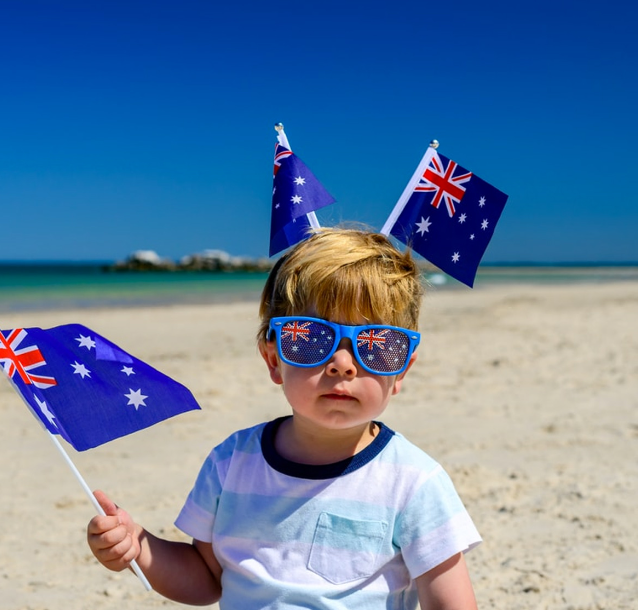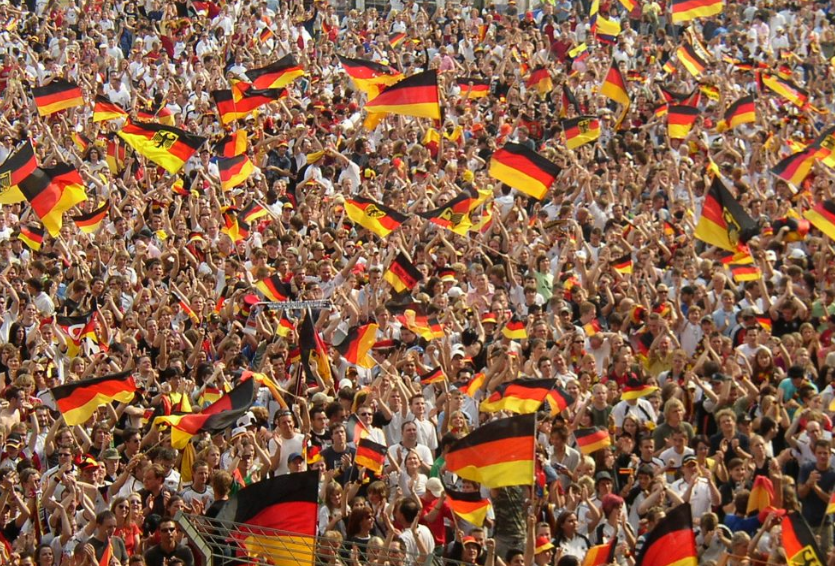Antigua and Barbuda, a stunning Caribbean nation known for its breathtaking beaches and rich cultural heritage, hosts one of the most vibrant and celebrated festivals in the region—the Antigua and Barbuda National Festival. This annual extravaganza captivates locals and tourists alike, showcasing the country’s artistic talent, infectious energy, and deep-rooted traditions. In this article, we will delve into the vibrant world of the Antigua Carnival, exploring its history, key events, cultural significance, economic impact, and more.
Antigua and Barbuda, a twin-island nation located in the Eastern Caribbean, boasts pristine white sandy beaches, crystal-clear turquoise waters, and a warm tropical climate. Beyond its natural beauty, the country is home to a lively and colorful cultural scene, with the Antigua Carnival taking center stage. Held annually, this vibrant festival is a celebration of the nation’s history, culture, and unity.
History of the Antigua and Barbuda National Festival
The Antigua Carnival traces its roots back to the colonial era when enslaved Africans in the region used celebrations to express their cultural identity and find solace. Over time, these gatherings evolved into the modern-day carnival, blending African, European, and indigenous traditions. Since its inception, the carnival has grown in popularity, attracting both locals and visitors from around the world.
Key Events and Activities at Antigua and Barbuda National Festival
The Antigua Carnival is a multi-day event filled with a myriad of exciting activities and events. Let’s explore some of the highlights:
J’Ouvert Morning
The festivities kick off with J’Ouvert Morning, a vibrant and energetic event that takes place in the early hours of Carnival Monday. Participants cover themselves in colorful paint, mud, or oil, dancing through the streets to the rhythm of soca and calypso music.
Calypso Monarch Competition
The Calypso Monarch Competition showcases the lyrical prowess of local calypsonians. Contestants compete for the coveted title, delivering powerful social commentaries and witty compositions that captivate the audience.
Carnival Parade
The Carnival Parade is the highlight of the Antigua Carnival, attracting thousands of spectators from all over the world. The streets come alive with a dazzling display of vibrant costumes, elaborate floats, and infectious music. Masqueraders, adorned in intricately designed costumes, dance through the streets, showcasing their creativity and craftsmanship. The parade features various themed sections, each with its own unique style and choreography. Spectators are treated to a sensory feast of colors, rhythms, and cultural expressions.
T-Shirt Mas
T-Shirt Mas is a popular event during the Antigua Carnival, providing a more accessible and inclusive experience for participants. Instead of elaborate costumes, participants wear specially designed carnival-themed t-shirts, showcasing their enthusiasm and spirit. T-Shirt Mas allows individuals of all ages to actively participate in the festivities, adding to the vibrant atmosphere of the carnival.
Panorama
Panorama is a must-see event for music enthusiasts during the Antigua Carnival. It is a steel band competition where talented musicians showcase their skills on steel drums. The captivating melodies and infectious rhythms reverberate through the air, creating an electrifying ambiance. Panorama brings together steel bands from across the island, competing for the title of the best steel band in Antigua and Barbuda.
Cultural Shows and Performances at Antigua and Barbuda National Festival
The Antigua Carnival also features a variety of cultural shows and performances that highlight the artistic talents of the local community. From traditional dance performances to theatrical productions and live music concerts, these events offer a glimpse into the rich cultural heritage of Antigua and Barbuda. Audiences are treated to soul-stirring performances that celebrate the country’s history, folklore, and artistic traditions.
Costumes and Masqueraders
One of the most captivating aspects of the Antigua Carnival is the elaborate costumes worn by masqueraders. These costumes are meticulously crafted, showcasing intricate designs, vibrant colors, and a fusion of cultural influences. Each costume tells a unique story, reflecting the creativity and imagination of the designers. Masqueraders invest significant time and effort in preparing their costumes, often incorporating feathers, sequins, beads, and other decorative elements. The costumes not only add visual splendor to the carnival but also serve as a source of pride for the participants.
Music and Dance
Music and dance are integral components of the Antigua Carnival, infusing the festivities with energy, rhythm, and cultural expression. Soca and calypso music dominate the airwaves, with infectious beats that compel people to move and dance. Soca, a genre originating from Trinidad and Tobago, blends elements of calypso, soul, and Indian music. The lively melodies and catchy lyrics inspire revelers to let loose and embrace the joyous spirit of the carnival.
Food and Drink
The Antigua Carnival is not only a celebration of music, dance, and costumes but also a feast for the senses. The festival offers an abundance of delicious food and refreshing beverages that tantalize the taste buds of both locals and visitors. Traditional Antiguan delicacies take center stage during the carnival, showcasing the diverse flavors and culinary heritage of the island.
Visitors can indulge in mouthwatering dishes such as “fungi and pepperpot,” a hearty combination of cornmeal dumplings and a rich stew made with meats, vegetables, and spices. Another popular treat is “saltfish and chop-up,” a flavorful dish made with salted codfish, onions, peppers, and various seasonings. The carnival atmosphere is also the perfect time to savor local street food like grilled corn on the cob, fish cakes, and savory pastries known as “patties.”
Economic Impact of the Carnival
The Antigua Carnival serves as a significant driver of the country’s economy, attracting a large number of tourists each year. The influx of visitors boosts various sectors, including hospitality, transportation, retail, and entertainment. Hotels, guesthouses, and rental accommodations experience high occupancy rates, while restaurants and bars see increased patronage during the festival. Local artisans and vendors also benefit from the increased demand for carnival-related merchandise and crafts.
Cultural Significance of Antigua and Barbuda National Festival
Beyond its economic impact, the Antigua Carnival holds immense cultural significance for the people of Antigua and Barbuda. It serves as a platform to preserve and showcase the country’s traditions, customs, and artistic expressions. The festival pays homage to the resilience and creativity of the Antiguan people, serving as a reminder of their collective heritage.
The carnival fosters a sense of community and togetherness, bringing people from all walks of life together in celebration. It transcends social and cultural barriers, uniting individuals through shared experiences and a common appreciation for art, music, and dance. The festival serves as a cultural tapestry, weaving together the diverse threads of the nation’s history, traditions, and cultural influences.
FAQs (Frequently Asked Questions)
- What are the dates of the Antigua Carnival?
The Antigua Carnival typically takes place during the last week of July, culminating in the first Tuesday of August.
- How can I participate in the carnival parade?
To participate in the carnival parade, individuals can join a masquerade band or troupe. Registration and costume selection processes vary, so it’s recommended to reach out to the official carnival organizers for detailed information.
- Are children allowed to participate in the festivities?
Yes, the Antigua Carnival welcomes participation from people of all ages. There are specific events and activities tailored for children, ensuring they have a memorable and enjoyable experience.
- Is it safe to attend the carnival?
The organizers prioritize safety and security during the carnival. However, it’s always recommended to follow the guidelines provided by the authorities and practice personal safety measures, such as staying in groups, avoiding secluded areas, and keeping belongings secure.
- What are some popular tourist attractions in Antigua and Barbuda?
Antigua and Barbuda offer a range of attractions beyond the carnival. Some popular destinations include Nelson’s Dockyard, Shirley Heights, Devil’s Bridge, and the beautiful beaches such as Half Moon Bay and Darkwood Beach.
Conclusion
The Antigua Carnival, also known as the Antigua and Barbuda National Festival, stands as a testament to the vibrancy, creativity, and cultural heritage of the island nation. With its rich history, captivating events, elaborate costumes, infectious music, and delicious cuisine, the carnival embodies the spirit and unity of the Antiguan people. It serves as an economic driver, a platform for cultural preservation, and a source of joy and celebration for locals and visitors alike.
References
- “Antigua Carnival.” Antigua and Barbuda Tourism Authority. Retrieved from https://www.visitantiguabarbuda.com/events/antigua-carnival/
- “Antigua Carnival: A Guide to the Island’s Biggest Party.” Carib Journal. Retrieved from https://www.caribjournal.com/2019/06/25/antigua-carnival-guide/
- “Antigua Carnival – The Caribbean’s Greatest Summer Festival.” Antigua Nice Ltd. Retrieved from https://www.antiguanice.com/v2/client.php?id=486

